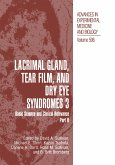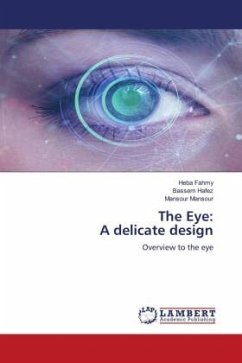The eye lens is a tissue that is composed nearly entirely of proteins, the crystallins, that undergo extensive post-translational modification. Aberrant modification and perturbation of this soluble crystallin matrix, as a result of ageing, environmental insult and genetic defects leads to protein aggregation and light scatter, a condition commonly known as cataract. Proteomics technology is ideal for the analysis of the lens and the mouse is a valuable model organism for the human being. This book provides an introduction into classical proteomics techniques and lens biology. It presents quantitative proteomics analyses of two mouse species and cataract mutants and discusses genetic modifiers of the disease. It should prove to be a valuable resource to students and professionals in the field of lens biology and eye lens proteomics.








